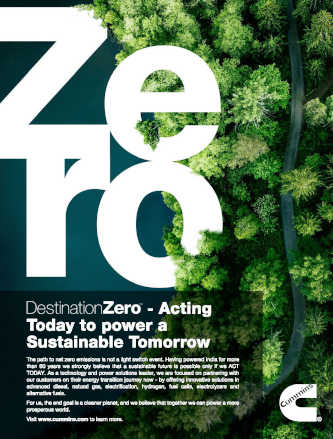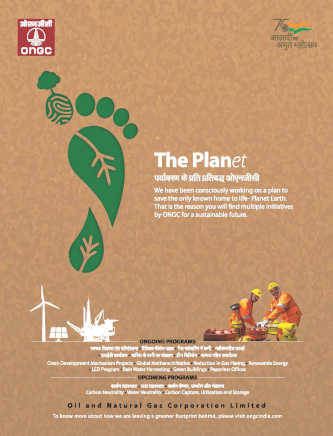Over the past century, solar energy activist Jaideep N. Malaviya points out, global temperatures haven risen by 1.5°F (almost 1°C) human activities have released large amounts of carbon dioxide and other greenhouse gases (GHG) into the atmosphere. Most of the GHG come from burning fossil fuels to produce energy, while deforestation, industrial processes and some agricultural practices also emit gases into the atmosphere.
GHG - mainly CO2, methane, nitrous oxide, perfluorocarbons, hydrofluorocarbons, and sulphur hexafluoride - act like a blanket around Earth, trapping energy in the atmosphere and causing it to warm. “Build-up of GHG can change the earth's climate and result in dangerous effects to human health and welfare, and to ecosystems,” says Malaviya, a professional researcher, consultant and trainer in solar photovoltaics (PV) and solar thermal who is the secretary general of the Solar Thermal Federation of India (STFI).
While renewable energy sources like solar and wind are rapidly advancing to fulfil the energy demand and are likely to become substitutes for fossil fuel-based energy in future, the production of solar PV cells has a carbon footprint. The energy required to make a solar panel from mining basic raw materials is recovered in just two years; while the recycling of solar panels further aids the fight against climate change.
-
A solar farm in Gujarat: the sun is the solution
























